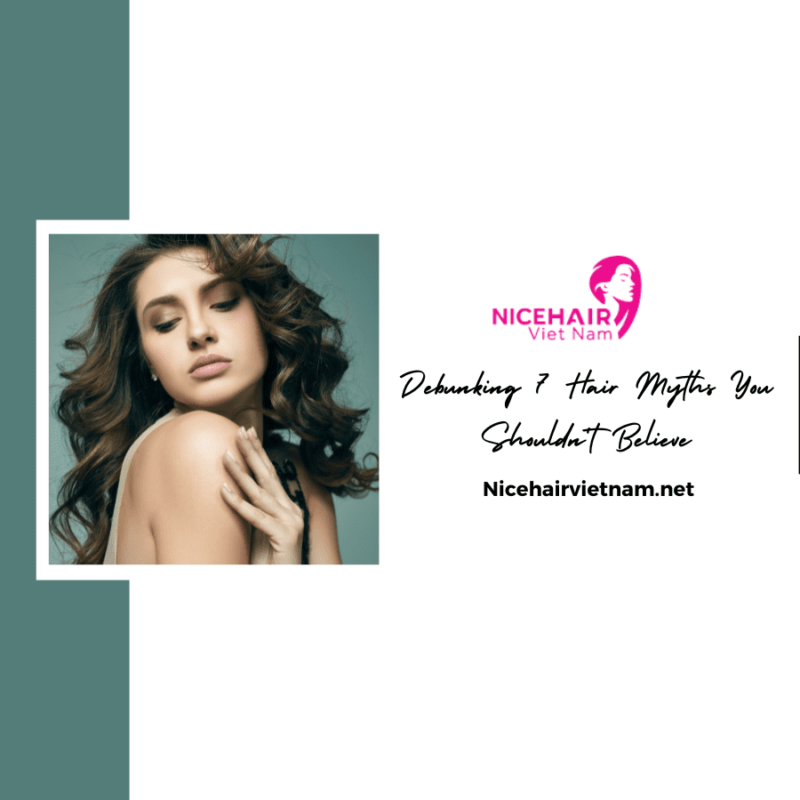These Hair Myths might ring a bell or may be completely new to you. Regardless of their familiarity, it’s time to stop caring about them. Please nicehairvietnam to the following article.
You need to stop believing these 7 hair myths
Let’s Examine These Hair Myths as a Collective Despite their long-standing popularity, some hair myths persist, such as the belief that adding Sweet’N Low to hair color benefits sensitive scalps or that rinsing with cold water enhances shine. These ideas have been circulating in salons for years, and many individuals swear by them. However, according to Wella Studios Signature Artist, Lynette Tatum, these myths have been thoroughly tested and debunked. It’s time to separate fact from fiction and investigate these hair myths together.
Hair Myths: Sweet’N Low prevents color scorching and irritation
Your color will stop scorching and irritation if you add Sweet’N Low. This statement has become so prevalent that customers often interrupt their colorists to inquire about it. They ask, “Do you have my Sweet’N Low in there?” It’s understandable why this myth persists, as some colorists have been convinced that adding the sweetener cream of tartar can soothe any discomfort during the coloring process. Others simply add it to preserve customer happiness. The belief is that Sweet’N Low’s acidic pH can lower the alkaline pH of the color, thereby reducing color sensitivity.
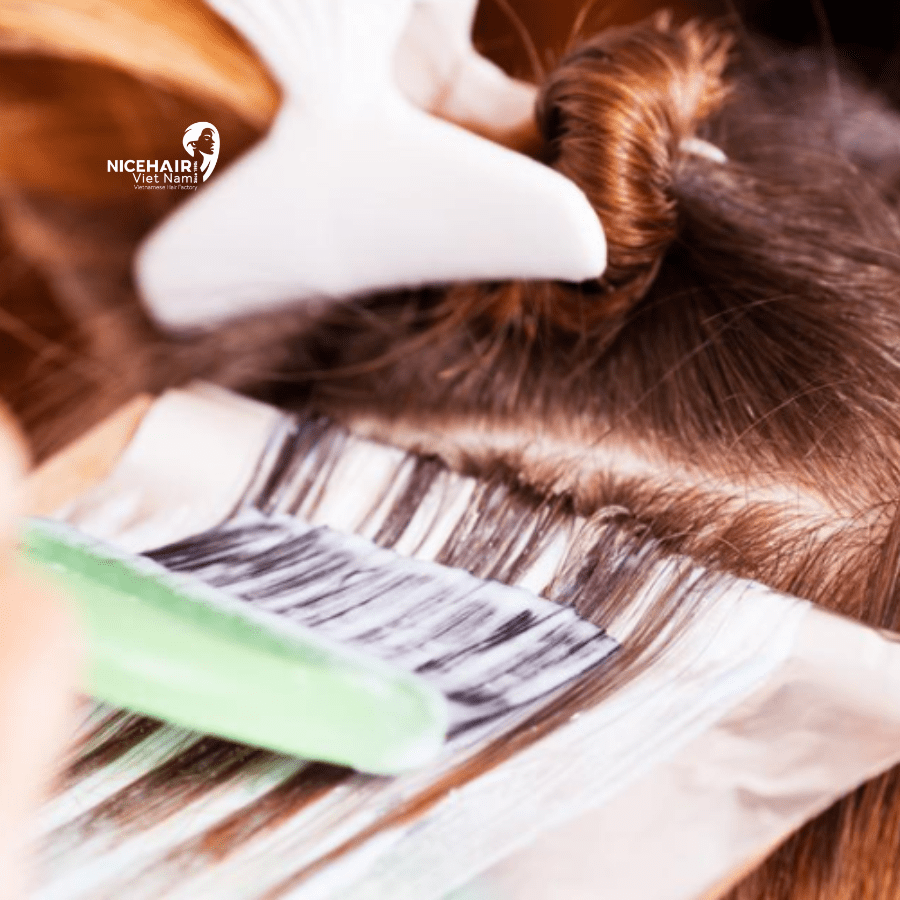
What is Sweet’N Low? Sweet’N Low is a brand of artificial sweetener that is commonly used as a sugar substitute in food and beverages. It is made from a compound called saccharin, which is an artificial sweetener that has been used for over a century. Saccharin is several hundred times sweeter than sugar but contains no calories, making it popular as a low-calorie alternative to sugar.
- However, it is essential to separate fact from fiction. Contrary to popular belief, adding Sweet’N Low to hair color does not appreciably lower the pH, as our studies have demonstrated. Moreover, when examining clinical studies, there is no evidence to support the claim that adding Sweet’N Low reduces discomfort during the coloring process. While it might be tempting to believe in the power of this artificial sweetener, it is more prudent to save it for the coffee station.
- Colorists should consider informing their customers about the lack of scientific evidence supporting the notion that Sweet’N Low can prevent scorching and irritation. By sharing this information, colorists can help dispel the misconception and provide their clients with accurate expectations. Furthermore, conducting tests without adding the pink packets can help gauge the potential placebo effect. It is important to prioritize transparency and honesty with customers, ensuring that they have realistic expectations and understand the limitations of using Sweet’N Low in hair color.
- Instead of relying on unproven methods, colorists should focus on established practices and techniques to ensure a comfortable coloring experience for their clients. This includes using high-quality hair color products, performing patch tests to check for sensitivity, and following proper application techniques. By adhering to these best practices, colorists can provide a satisfactory and enjoyable coloring experience for their clients.
In conclusion, the belief that adding Sweet’N Low to hair color can prevent scorching and irritation is a fallacy that continues to persist. Scientific studies have not supported the idea that Sweet’N Low significantly lowers the pH of hair color or reduces discomfort. Colorists should educate their customers about this misconception, promoting transparency and realistic expectations. By relying on established practices and techniques, colorists can ensure a positive and comfortable coloring experience for their clients. So, next time you visit the salon, leave the Sweet’N Low for your coffee and trust in the expertise of your colorist.
Sealing Cuticles and Boosting Shine with Cold Water Rinses
One of the long-standing hair care myths that continues to circulate is the belief that rinsing your hair with cold water can help seal the cuticle and increase shine. This notion has been so ingrained in people’s minds that when Tatum, an expert in the field, debunks it, jaws drop in disbelief. The frequency with which individuals have heard and accepted this idea makes it difficult for them to fathom that it may not be true.
However, scientific studies have provided evidence to counter this myth. Cold water rinses have been found to have no significant effect on the cuticle of the hair. The cuticle, which is the outermost layer of the hair shaft, undergoes a temporary expansion when exposed to water, regardless of its temperature. It remains raised until the hair is thoroughly dried and does not simply “seal” due to cold water alone. The temperature of the water does not play a substantial role in the behavior of the cuticle.
If you have hesitated to use cold water in your hair care routine, believing it to be beneficial for shine and cuticle sealing, it’s time to let go of these unfounded hair myths. Cold water rinses will not harm your hair, but they won’t magically enhance shine or alter the state of the cuticle. Instead, it is important to focus on other effective hair care practices that have proven benefits.
To maintain healthy and shiny hair, it is crucial to choose appropriate hair care products, including shampoos and conditioners that suit your hair type and concerns. Regular conditioning, using heat protectants, and minimizing the use of heat styling tools can help prevent damage and promote hair health. Additionally, protecting your hair from environmental stressors, such as UV rays and pollution, can contribute to its overall appearance.
In the realm of hair care, it is essential to question and challenge common myths and misconceptions. Relying on scientific evidence and expert advice can help you make informed decisions about your hair care routine. By doing so, you can avoid falling into the trap of unverified beliefs and instead adopt practices that have proven benefits.
So, the next time you step into the shower, remember that the temperature of the water alone will not determine the health or shine of your hair. Embrace evidence-based practices and focus on holistic hair care to achieve the best results. Let go of the cold water myth and explore the wealth of reliable information available to nurture and maintain beautiful, healthy hair.
Shampoo immunity hair’s adaptation over time
The notion that hair becomes “immune” to a certain shampoo over time is a common misconception in the realm of hair care. The use of the term “immune” in this context is misleading and inaccurate. In reality, what happens is that the hair stops responding or experiencing noticeable changes because it has already derived the maximum benefits from the shampoo after several washes.

Shampoos are designed to address specific hair concerns, such as preservation, volumizing, or moisturizing. These formulations contain various concentrations of conditioning ingredients, silicones, and oils that provide specific effects on the hair. Initially, when we start using a new shampoo, we may experience noticeable improvements in the appearance and condition of our hair. However, over time, the hair becomes acclimated to the sensation and benefits provided by that particular shampoo.
What are silicones? Silicones are a group of synthetic compounds that contain silicon, oxygen, carbon, and hydrogen atoms. They are commonly used in various personal care products, including hair care, skin care, and cosmetics. Silicones are valued for their unique properties and benefits in these products.
As a result, we may feel that the shampoo is no longer effective because we no longer experience the same level of noticeable change. This is not because the hair has developed immunity to the shampoo, but rather because it has already maximized the benefits it can derive from the formulation. The hair has been preserved, volumized, or moisturized to the best extent possible with that specific shampoo.
To introduce a fresh sensation and potentially explore different combinations of conditioning ingredients, silicones, and oils, it can be beneficial to switch to another shampoo. This allows us to experience a different formulation that may provide new benefits or address additional hair concerns. However, it’s important to note that this is a personal preference and not a requirement for maintaining healthy hair.
It’s crucial to approach the concept of hair care with a discerning mindset, questioning the validity of certain beliefs and understanding the true reasons behind hair-related phenomena. By staying informed and focusing on using appropriate hair care products that suit your specific needs and concerns, you can establish a consistent routine that promotes the health and vitality of your hair.
Quick Fading Red Color’s Small Molecules
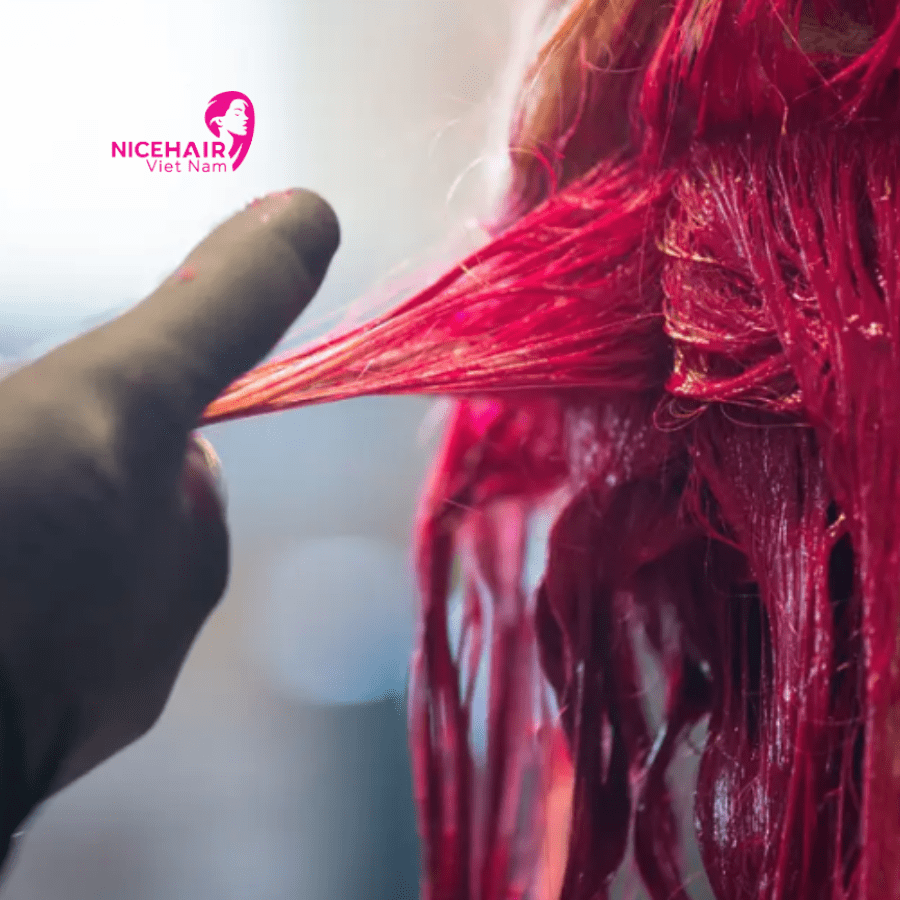
Let’s debunk another hair color myth: the belief that red color molecules are smaller and therefore fade more quickly than other colors. Repeat after me: All molecules that makeup hair color are the same size. The notion that red colors fade more rapidly is a result of several factors, not the size of the color molecules themselves.
- The perceived faster fading of red colors can be attributed to a few reasons. Firstly, the desired brightness and intensity of red color may not be effectively produced by oxidative colorants commonly used in hair color formulations. To achieve the desired vibrant red shades, direct dyes are often applied. These direct dyes tend to fade more quickly compared to oxidative colorants, contributing to the misconception that red colors fade faster.
- Additionally, certain red dyes are more sensitive to UV radiation. When exposed to direct sunlight, these red dyes can deteriorate faster, causing the color to fade. UV protection measures, such as wearing hats or using hair products with UV filters, can help minimize the fading caused by sun exposure.
- Furthermore, our eyes are more sensitive to slight variations in vivid colors like red compared to brown or blonde tones. Even minor changes in the vibrancy of red shades can be more noticeable to us, creating the impression that reds fade more quickly. This perceptual aspect, combined with the other factors mentioned, adds to the myth surrounding red color fading.
- It’s important to remember that the size of color molecules does not determine their fading rate. The longevity of hair color depends on various factors, including the quality of the color formulation, hair care practices, exposure to external factors like UV rays, and individual hair characteristics.
- To maintain the vibrancy and longevity of red hair color, consider using color-protecting products specifically formulated for red shades. These products often contain ingredients that help to preserve the color and provide UV protection. Additionally, following proper hair care practices such as using gentle shampoos, avoiding excessive heat styling, and minimizing exposure to harsh environmental conditions can help prolong the life of any hair color.
By understanding the true reasons behind color fading and implementing appropriate hair care strategies, you can enjoy your desired hair color for longer periods without falling victim to misleading myths. So, let go of the misconception that red color molecules are smaller and embrace the knowledge that proper care and maintenance can help preserve the vibrancy of any hair color.
Products with alcohol in them dry out hair
The statement that products with alcohol in them dry out hair is not entirely accurate, as it depends on the type of alcohol used in the products. If we were referring to rubbing alcohol found in your bathroom cupboard, then yes, it can be drying to the hair. However, it’s important to note that this type of alcohol is not typically used in hair care products.
- In the realm of hair care, different types of alcohols are utilized, and not all of them have a drying effect on the hair. Fatty alcohols, such as cetyl alcohol, stearyl alcohol, Cetearyl alcohol, and lauryl alcohol, are commonly found in hair care products and serve as conditioning agents. These alcohols have emollient properties that help to moisturize and soften the hair. They can also aid in detangling the hair and providing a smoother texture.
- Furthermore, certain alcohols, like ethanol, can serve as preservatives in hair care products. They help prevent mold and fungus growth, ensuring the products’ longevity and safety.
- Therefore, it’s important to understand that not all alcohols are created equal. While some alcohols in hair care products treat each strand with care and provide conditioning benefits, others may have a drying effect on the hair. It’s essential to read product labels and understand the specific alcohols used in the formulation.
- If you have concerns about the potential drying effects of alcohol in hair care products, opt for products that primarily contain fatty alcohols and moisturizing ingredients. Additionally, incorporating regular deep conditioning treatments and leave-in conditioners can help counter any potential drying effects.
Remember that proper hair care involves a balanced approach and understanding the specific needs of your hair. While alcohol can have varying effects depending on the type and formulation, it’s just one factor to consider in your overall hair care routine.
Hair Myths Can Shampoo Every Day Cause Hair Loss?
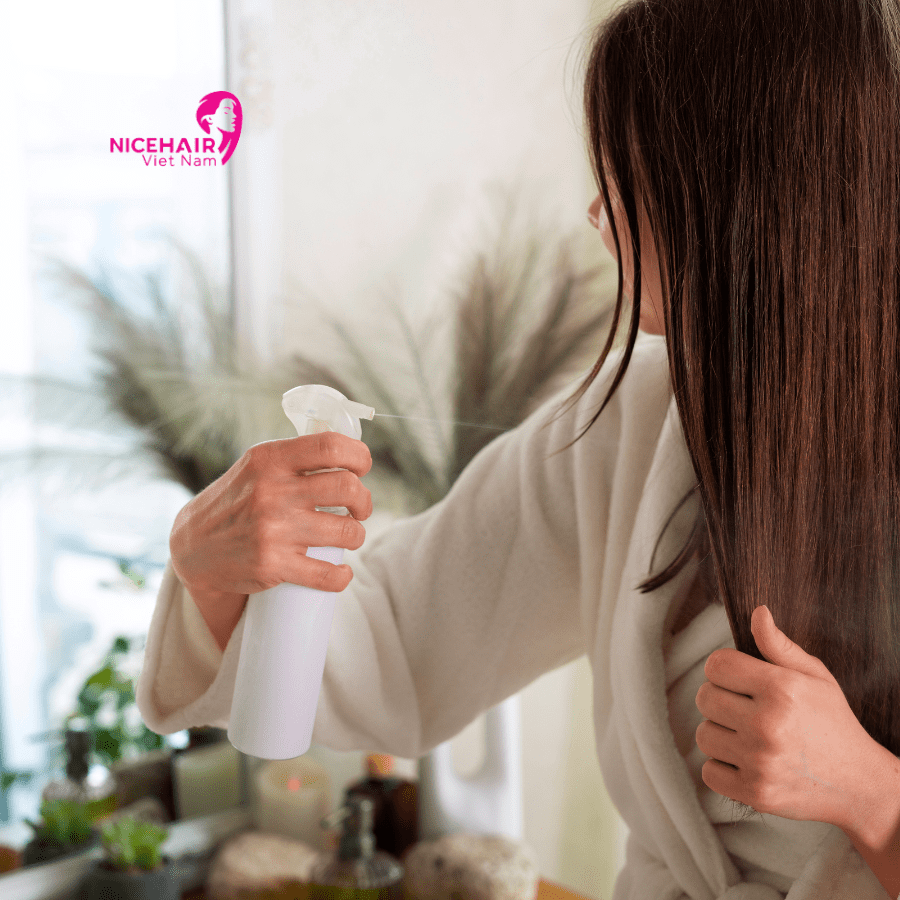
Can shampooing every day cause hair loss? This is a question that has sparked debates and concerns among individuals who strive to maintain healthy and luscious locks. Hair myths hair loss is a common issue that affects both men and women, and many factors can contribute to its occurrence. However, the role of daily shampooing in hair loss has been a subject of speculation.
- One prevailing myth suggests that frequent shampooing can lead to hair loss. The theory behind this notion is that the chemicals present in shampoos strip the hair of its natural oils, causing it to become dry, brittle, and prone to breakage. As a result, hair may gradually thin out and fall excessively, leading to the belief that shampooing every day is detrimental to hair health.
- However, it’s essential to separate fact from fiction when exploring this topic. The truth is that shampooing every day does not directly cause hair loss. The act of washing your hair frequently does not trigger the hair follicles to stop producing new strands or induce them to shed prematurely. Hair loss is primarily influenced by genetic factors, hormonal imbalances, nutritional deficiencies, underlying health conditions, and even certain medications. Therefore, blaming shampooing alone for hair loss oversimplifies a complex issue.
- Furthermore, shampooing serves a vital purpose in maintaining a clean and healthy scalp. It helps to remove dirt, excess oil, product buildup, and environmental pollutants that accumulate over time. Neglecting regular cleansing may result in an unhealthy scalp environment, which can contribute to issues like dandruff, scalp irritation, and even hair loss indirectly. Therefore, finding the right balance in your hair care routine is crucial.
- While daily shampooing itself may not cause hair loss, it’s important to consider the type of shampoo and the ingredients it contains. Some shampoos, especially those with harsh detergents like sulfates, can be drying and potentially damage the hair if used excessively. Opting for milder, sulfate-free shampoos and conditioning regularly can help maintain the hair’s moisture balance and overall health.
- Individuals with specific hair types, such as those with naturally dry or brittle hair, may benefit from adjusting their shampooing frequency. For them, washing hair every other day or even less frequently can help retain natural oils and prevent excessive dryness. It’s essential to listen to your hair’s unique needs and adapt your routine accordingly.
In conclusion, the belief that shampooing every day causes hair loss is largely a myth. Hair loss is a multifaceted issue with various underlying causes. While shampooing plays a role in overall hair health, it’s the quality of the shampoo and individual hair care practices that matter most. By selecting gentle products, maintaining a balanced hair care routine, and addressing other potential contributing factors, you can help promote a healthy scalp and minimize the risk of hair loss. Remember, understanding the facts empowers you to make informed decisions about your hair care routine.
Hair Myths Sunlight is good for hair
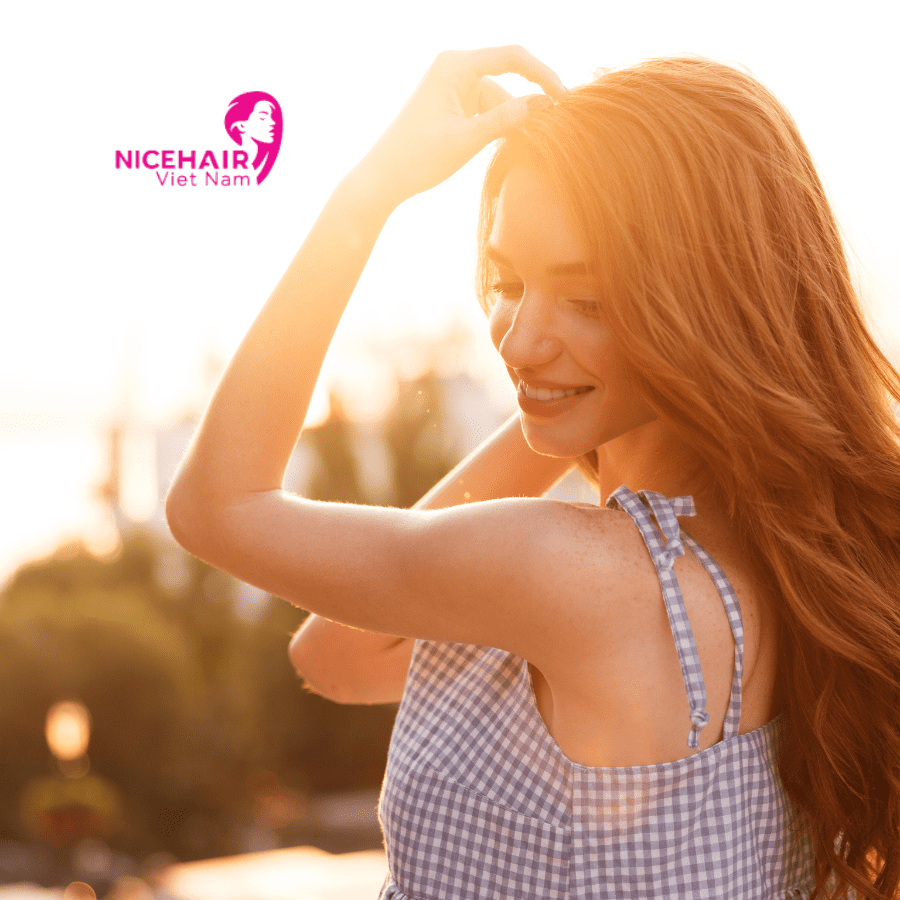
Contrary to the belief that sunlight is good for hair, the fact is that prolonged exposure to the sun and its UV radiation can have negative effects on our hair, similar to its impact on our skin. The harmful effects of UV radiation on hair are well-documented.
What is a UV ray? UV stands for ultraviolet, which is a type of electromagnetic radiation that comes from the sun. UV radiation is categorized into three types based on wavelength: UVA, UVB, and UVC.
Exposure to the sun’s UV radiation can lead to dryness, roughness, and a loss of shine in the hair. The UV rays can penetrate the hair shaft, damaging its structure and causing it to become brittle and weak. This can result in hair that is more prone to breakage, split ends, and overall hair damage.
Dr. Sonali Chaudhary, an expert in the field, confirms that exposure to the sun and UV radiation can indeed have detrimental effects on hair health. It is important to note that the damaging effects of UV radiation on hair are not limited to specific hair types or textures. Regardless of your hair type, the harmful effects of UV radiation can impact the overall condition and appearance of your hair.
To protect your hair from the damaging effects of the sun, it is advisable to take preventive measures. This includes wearing hats or using protective hair accessories to shield your hair from direct sunlight. Additionally, using hair care products that contain UV filters can provide an extra layer of protection against UV radiation.
In conclusion, sunlight and its UV radiation are not beneficial to hair health. The harmful effects of UV radiation on hair, including dryness, roughness, and brittleness, are well-documented. Taking appropriate measures to protect your hair from the sun’s harmful rays can help maintain its health, strength, and overall appearance.
Conclusion
In conclusion, it is important to approach hair myths with an understanding of the facts and to question common myths and misconceptions. While certain beliefs about hair care, such as the effectiveness of adding Sweet’N Low to hair color or using cold water rinses to seal the cuticle, have been prevalent, scientific evidence indicates that they are not accurate.
Hair care myths can be dispelled by relying on scientific studies, expert advice, and critical thinking. Understanding the true mechanisms behind hair care practices allows individuals to make informed decisions and develop effective hair care routines.
It is crucial to remember that not all hair care products or ingredients are created equal. The effects of alcohol, for example, can vary depending on the type of alcohol used. Fatty alcohols commonly found in hair care products can provide conditioning benefits, while other types of alcohols may have drying effects. Reading product labels and understanding the specific ingredients can help individuals choose products that suit their hair’s needs.
By focusing on evidence-based practices, proper hair care techniques, and selecting appropriate products, individuals can maintain healthy and vibrant hair. It is also important to prioritize individual preferences and adapt routines based on personal experiences and hair characteristics.
In the world of hair care, embracing knowledge, critical thinking, and relying on reliable sources of information can help individuals separate fact from fiction. By doing so, we can develop effective hair care routines that promote the health, beauty, and overall well-being of our hair.
Contact us
- Website: nicehairvietnam.com
- Whatsapp: (+84) 846009647
- Email: hakan@nicehairvietnam.com
- Factory address: Factory No1, Dong Tho’s Street Zone, Yen Phong Dist., Bac Ninh Province, Vietnam.
- Office: No.25 Tho Thap Ward, Dich Vong Hau Ward, Cau Giay District, Hanoi City, Viet Nam.

